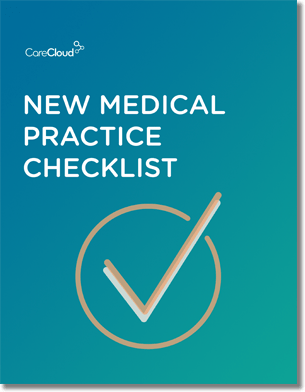Have you determined the exact number of ICD-10 Codes and elements of documentation your practice will need to start coding on, or before, October 1, 2014?
Do your providers understand changes to Clinical Documentation under ICD-10 and the financial implications of not shifting workflows?
Have you contacted critical vendors, such as practice management, EHR, and payers to determine their ICD-10 readiness?
If you answered no to any of these questions, you are missing a critical step in beginning your ICD-10 transition. Fortunately, it’s not too late to create a plan, but you must get started now.
The ICD-10 transition is not rocket science; it is not even difficult for the most part
But for a successful implementation, ICD-10 must be planned, tracked, and managed. Missing any one of these can cause serious financial loss to your organization. However, none of them are impossible to accomplish. In fact, many of them are quite simple.
Most practices we speak to have not started planning for ICD-10 for one of two reasons. Either they don’t know where to start, or they cannot get physicians and other key staff to take ICD-10 seriously.
Taking the three initial steps in the questions above will provide you with all the knowledge and understanding of ICD-10 that you’ll need to get off the sidelines and into the game. So let’s take a quick look at these three steps, and what it takes to accomplish them.
Identify Your Codes
ICD-10 does not mean 70,000 new codes for your practice. It is far fewer and certainly no more than a few thousand – even for specialties with the largest increase in codes.
Step one is identifying exactly what ICD-10 codes will be required for use in your practice and the exact number of new documentation elements required to use those codes. This should take a matter of hours to determine, a day at the most, and will provide you with useful information to share with the entire organization.
To accomplish this, run a report of your current ICD-9 codes by either frequency of use or incoming revenue using your PM system.
Convert these codes to ICD-10 by downloading conversion tables from your specialty societies or by buying any one of the inexpensive conversion software products available in the market today. Books can be used as well but plan on spending a lot more time with these.
Once the codes have been converted have either a clinical representative or a coder review the list to see which are truly applicable to your practice. At the same time, create a list of new elements by coding category that you’ll need for proper documentation.
These lists will prove invaluable as you go forward with CDI, staff education, coordinating with referring physicians, and a host of other tasks that will need to be accomplished.
Introduce Staff to Changes in Workflow
Without proper documentation, your practice will not succeed at ICD-10. In the past, ICD-9 incentivized, and encouraged poor documentation by its vagueness. But ICD-10 is the exact opposite. It requires specific and complete documentation.
Step two is presenting physicians with the empirical and subjective data they’ll need to assess the impact of ICD-10 on future reimbursements. Come up with a specific plan for Clinical Documentation Improvement to minimize any negative impacts.
The cornerstone of this step is to conduct chart reviews for each provider, comparing each physician’s current documentation in ICD-9 with the requirements for a specific billable code in ICD-10.
Present results to all physicians in the practice by focusing on individual providers and total financial impact. Let them know how many codes will be required for ICD-10 and the exact number of documentation elements they will need to start using (from step one).
Getting your providers started now will make a big difference on October 1, 2014.
Check With Payers
Regardless of how well you plan, if your Practice Management System, EHR, Billing Service, Clearinghouse, or payers are not ready for ICD-10 your practice will not get paid. It is that simple.
These critical partners require collaboration, implementation and testing. This takes time and waiting until the last minute will put you at risk of losing thousands of dollars.
You must have an accurate picture of what you can or cannot expect from these partners. Software vendors are slow to respond, many aren’t ready, or they simply aren’t offering viable ICD-10 solutions.
Step 3 is about simply calling these vendors and payers and asking them the hard questions as to where they really stand on ICD-10 readiness.
To get the real story, ask the following operational questions:
- When can we view a prototype of your ICD-10 solution?
- When will you begin testing with payers?
- When will you begin testing with us?
- When will you upgrade us?
- What is the cost?
- How much downtime?
- Will we lose current our customization settings?
If the vendor gives clear, concise answers with time frames, they are probably going to be ready. If they can’t answer any of your questions and seem to be putting it off, it is usually because they haven’t prepared properly.
The bottom line there is a lot to do and it takes time. Complete these first, few simple steps and ICD-10 should prove easy for both physicians and staff at your practice. The difficulty of the transition to ICD-10 depends almost entirely on how well you prepare for it.

Do you know what you need when setting up a new medical practice?



